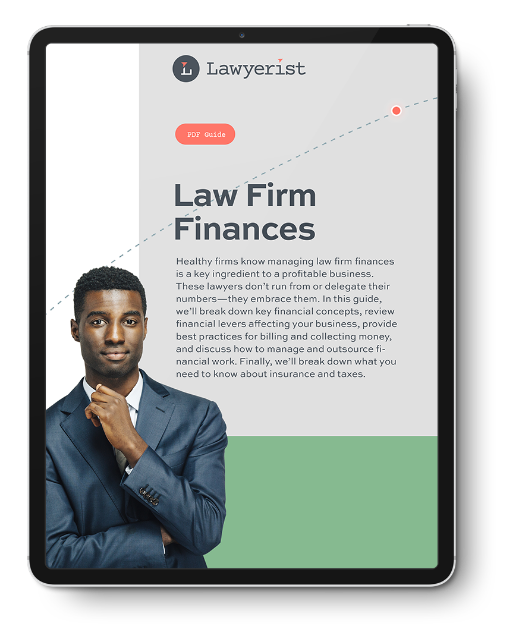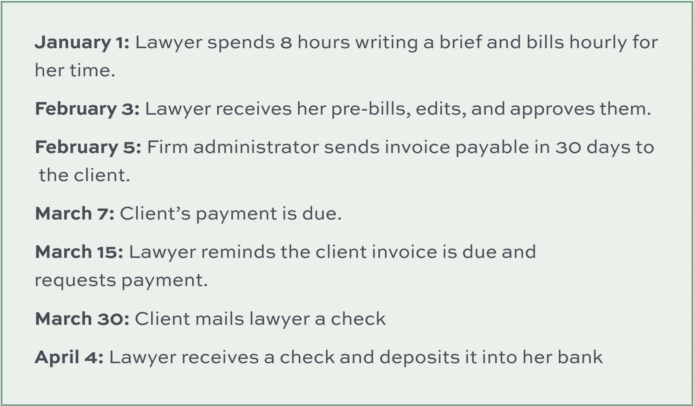Start with a Solid Law Firm Budget Plan
We need a solid budget in place to know how much money we’ll need to cover expenses and pay ourselves. Now, hearing the word “budget.” You may be ready to tuck tail and run. After all, the idea of creating a budget may feel overwhelming, especially if you’ve already been in business for several years. But a budget isn’t just functional—it’s a vital part of your business strategy, whether you’re starting a new firm or trying to keep your mature firm afloat.
Start your budget by putting together a spreadsheet, broken down by month. Now, you’ll do your best to predict how much income you expect to generate and how much you will spend on business expenses.
Predict Revenue
Start by estimating how many clients you’ll earn in a year, how many matters you’ll open for each of them, how much you’ll charge for each matter, and the average revenue you can expect from each. Don’t pull your hair out here—it’s only an estimate.
Estimate Expenses
Next, consider expenses. How much do you expect to spend? Fixed Expenses are typically business costs that are the same each month while variable expenses vary.
You should easily know larger fixed expenses like rent and payroll. Then, fill in office expenses, internet fees, software subscriptions, bank fees, mobile phone service, website hosting…the list goes on.
Not everything within your budget is predictable. In fact, variable costs can crop up?. Variable costs don’t have fixed prices each month.
Examples of variable costs include:

